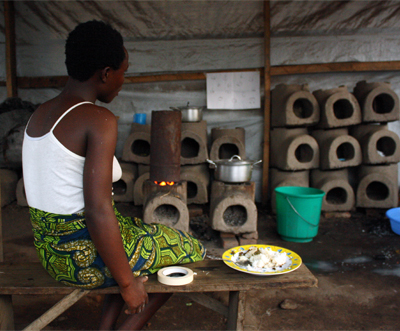‘Pagne cloth constitutes a form of archive, where intimate memories are stored, held in reserve, and always ready to be reanimated with life, story, and sensuous materiality. The cloth as archive can also absorb national memories in its capacity to record events and global connections that forge national identity.’
Read more about it here.
Pagne
